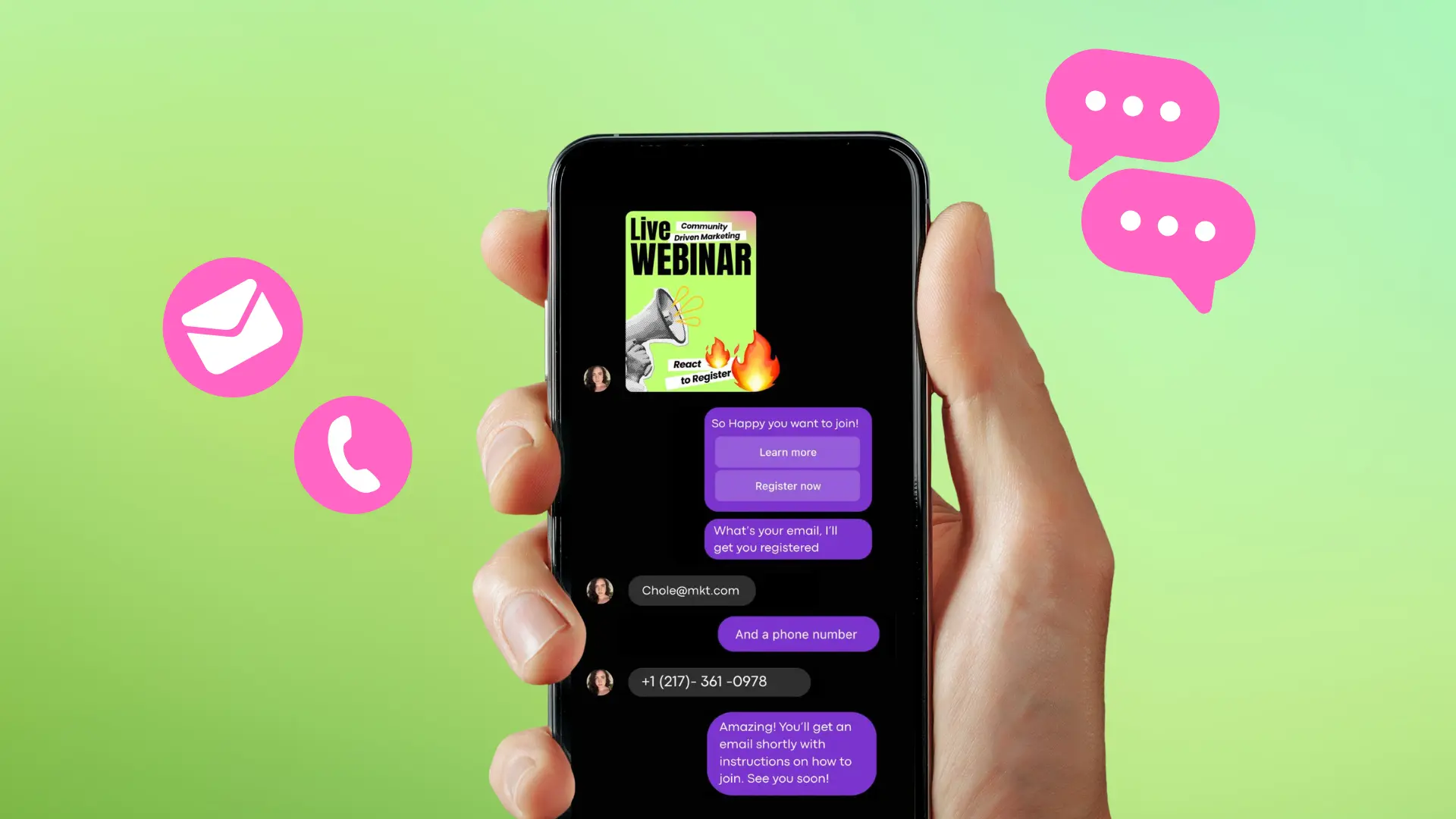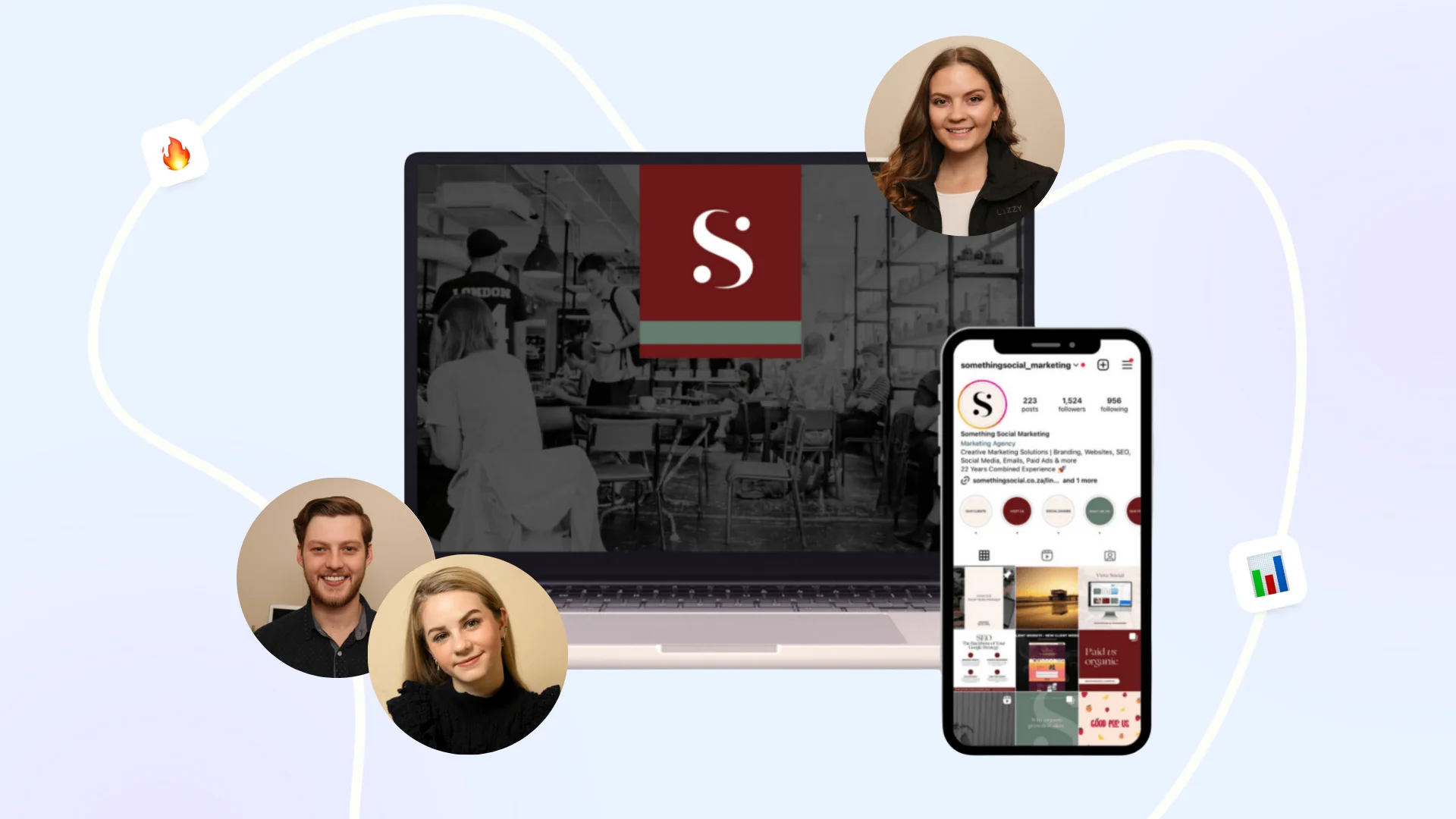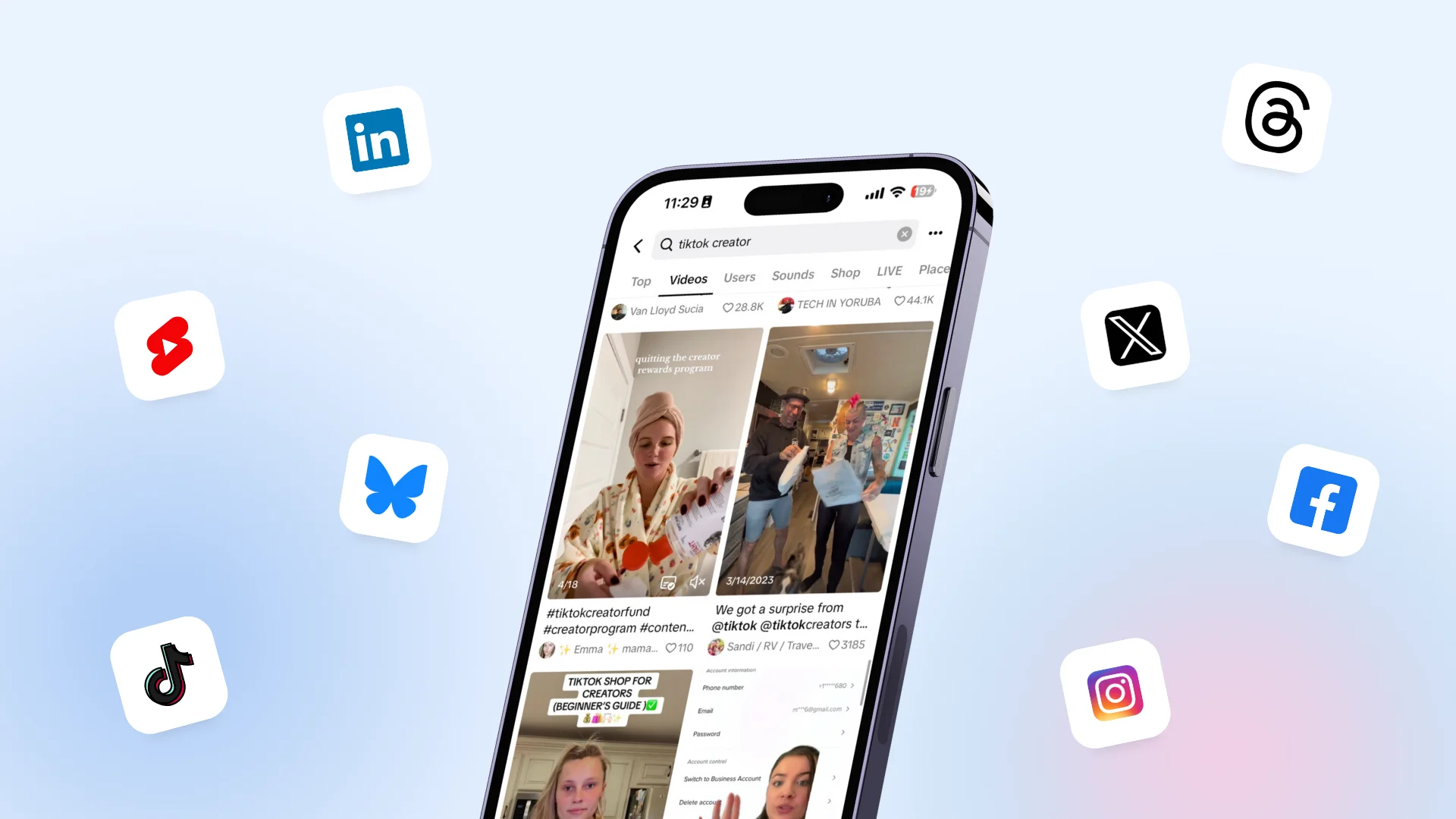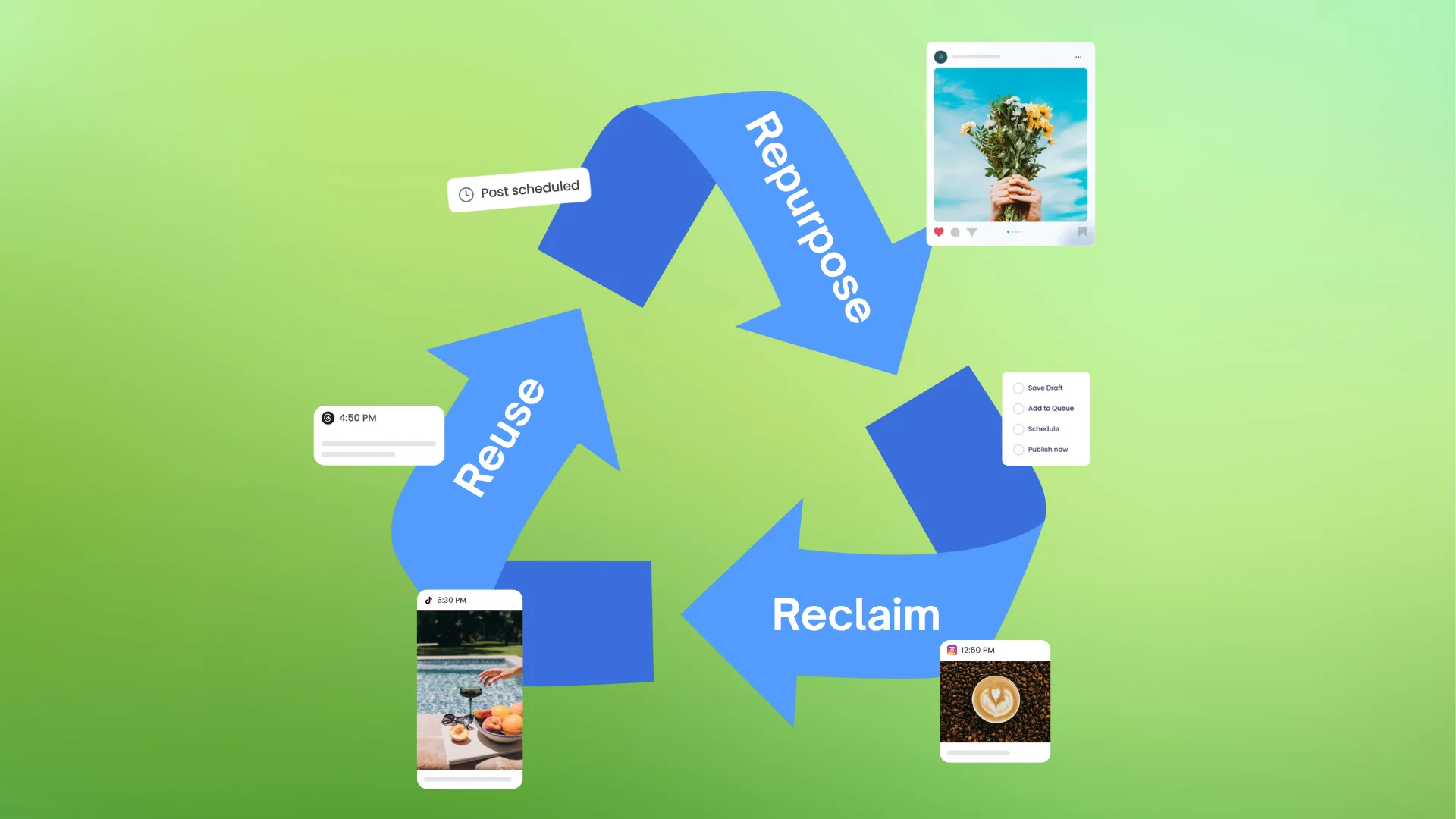New

Turn Your DMs Into Lead Gen!
Learn how to collect lead data from your DMs such as email addresses, phone numbers, and more right from your social inbox. If you are not yet automating your DMs your competitors are outpacing you.

How Something Social Saved 75% of Their Time and Increased Revenue by 15%
See how a fast-growing agency improved operations, cut down hours of manual work, and unlocked new revenue opportunities with Vista Social.
New

50 Unique Social Media Ideas for Consistent Content Creation
Discover 50 unique social media post ideas to engage your audience, grow your brand, and maintain a consistent content strategy with ease!

Mastering Content Reuse: The Key to a Consistent and Sustainable Posting Strategy
Marketing funnel
A marketing funnel describes your customer’s journey with you.
From the beginning stages when someone first learns about your business, to the purchasing stage, marketing funnels map routes to conversion and beyond.
With careful analysis, a marketing funnel can suggest what your company must do to influence consumers at various stages. By evaluating your funnels, you can work toward driving greater sales, more loyalty and stronger brand awareness.
The Evolution of the Marketing Funnel
At the end of the 20th century, Elias St. Elmo Lewis created a model highlighting the stages of a customer’s relationship with a business. The “AIDA” model indicates that every purchase involves:
- Awareness: The prospect is aware of their problems and possible solutions for them.
- Interest: The prospect shows interest in a group of services or products.
- Desire: The prospect begins evaluating a certain brand.
- Action: The prospect decides whether to purchase.
Defining the Marketing Funnel
The fundamentals of the marketing funnel have remained the same since the 1900s. However, no single model is universally accepted by all companies. Some prefer to keep their model simple, using the “TOFU-MOFU-BOFU” strategy which refers to the top of funnel, middle of funnel, and bottom of funnel as distinctive elements.
Others believe that adding “loyalty” and “advocacy” stages to the funnel improves the marketing strategy.

Strategies for Each Stage of the Marketing Funnel
The marketing funnel functions as a unified whole, meaning every section must work flawlessly for the journey to be successful. Many factors can reduce friction in the marketing funnel. For instance:
- Awareness: Branded content strategies appeal to audiences and make them receptive to future interactions.
- Consideration: Brand advocates and social proof assist customers when they’re comparing one brand to a competitor.
- Conversion: A simple purchasing process reduces the risk of buying.
- Loyalty: A loyalty program with regular discounts, email interactions and social media maintains customers.
- Advocacy: Receptive individuals in your loyalty program support your future marketing funnels.
The Benefits of Marketing Funnels
Marketing funnels simplify the customer journey and make it easier for companies to follow. These solutions map out each stage of the client’s decision process and plan the steps they want to take in each.
A marketing funnel is applicable to almost every customer interaction. Whether you’re looking for online sales, generating traffic for your brick and mortar store or collecting clicks as an affiliate, you need a marketing funnel. The funnel is an effective way to bring visibility to every stage of connecting with your customer.
The biggest benefit of marketing funnels is their measurability. Your funnel shows you where you’re dropping customers so you can pivot your strategy accordingly. For instance, if you lose customers before they ever get to the second stage, you need a better brand awareness campaign.
Try Vista Social for Free
A social media management platform that actually helps you grow with easy-to-use content planning, scheduling, engagement and analytics tools.
Get Started NowThe Difference Between B2B and B2C Marketing Funnels
Marketing funnels often change depending on your customer base.
- B2C customers often navigate the funnel alone or with trusted advisors like family and friends. B2C clients may never interact directly with a company representative.
- B2B customers have larger, more focused buying groups. B2B consumers interact directly with sales representatives in the lower stages of the marketing funnel.
Adapting your marketing funnel to fit your specific user personas will make it significantly more effective.

stronger relationships on social
Vista Social helps you understand and reach your audience, engage your community and measure performance with the only all-in-one social media management with easy-to-use features like publishing, engagement, reviews, reports and listening.